Cosmetic Dentistry, Teeth Straightening
Choosing Between Invisalign and Braces for Complex Smiles
There’s something deeply satisfying about the thought of finally fixing your smile. Maybe it’s the idea of straight teeth after years of crowding, or finally addressing a bite that’s been off for as long as you can remember. But once you’re sitting in that dental chair with your treatment options laid out, you’ll quickly notice: when your case is a bit more complicated, the Invisalign vs. braces decision isn’t as clear-cut.
At Nu Dentistry Missouri, we treat all kinds of smiles, simple and not-so-simple, and we’ve seen how the right orthodontic choice can change more than just teeth. If you’ve been told your case is “complex,” don’t panic. That doesn’t mean your options are limited. It just means you need the right plan, and possibly a bit more patience.
Let’s take a closer look at how Invisalign stacks up against traditional braces when things get a little more complicated.
What are the chances Invisalign will work for my complicated case?
This is one of the most common questions we get, and it’s a fair one.
Years ago, if your teeth were severely rotated, crowded, or spaced, or if your bite was way off, braces were often the only option. But Invisalign has come a long way. Today, many complex cases that once required metal brackets and wires can be treated with clear aligners. The catch? It depends on the specifics of your mouth and your commitment.
Invisalign works by using a series of custom-made, removable aligners that gradually move your teeth. These trays are built from 3D scans and designed to make tiny, controlled shifts over time. Sounds simple enough, right? But when teeth need to rotate significantly, move vertically, or if your jaw needs to be realigned, things get trickier.
That’s where attachments, buttons, and rubber bands come into play. These small, tooth-colored add-ons give Invisalign more grip and control. And for the right patient, they make it possible to treat even some advanced bite issues.
However, Invisalign isn't a magic fix. If you're not wearing your aligners for the recommended 20–22 hours a day, the results may not keep pace with the treatment plan. For complex movements, consistency matters even more.
In short: yes, Invisalign can absolutely work for complicated cases. But it requires full participation from you, and a skilled provider who knows how to plan it well.
Is one faster than the other when it comes to treating complex orthodontic problems?
Let’s be honest. We all want faster results. But with complex cases, the word “fast” comes with an asterisk.
Braces tend to move teeth more efficiently when the corrections needed are big. Think major crowding, severe bite misalignments, or impacted teeth. That’s because the brackets and wires apply continuous pressure and can be adjusted frequently by your orthodontist. The system is mechanical, controlled, and effective.
With Invisalign, timing often depends on how much wear time you give it and how your teeth respond to the planned movements. Aligners work in stages. You switch them out every week or two, and each set nudges your teeth closer to the goal. But if your teeth are stubborn, or if you forget to wear them as prescribed, the timeline can stretch.
In some cases, Invisalign might take longer simply because certain movements are more difficult to achieve with removable trays. Your dentist may even suggest a hybrid plan, starting with braces and transitioning into Invisalign later to fine-tune your results.
That said, for many patients, the difference in time between the two treatments isn’t dramatic. What makes a bigger difference is the complexity of your case, your age, your bone density, and how closely you follow your care instructions.
If time is a key concern for you, your dentist will walk you through how long each option would likely take in your specific situation. At Nu Dentistry Missouri, we map out the entire treatment roadmap in advance so you’re never left guessing.
What’s better for long-term results: Invisalign or braces?
This is where things get interesting. Both Invisalign and braces can deliver excellent, lasting results, if the treatment is done properly and followed up with good retention.
The truth is, the success of your long-term results isn’t so much about which tool was used. It’s about how well your teeth were moved into alignment and how you maintain those results afterward.
With braces, everything is fixed in place. You don’t have to remember to wear them or worry about losing them. This makes compliance automatic. But once the braces come off, you’ll still need to wear retainers to keep your teeth from drifting. Yes, even with braces, retention is non-negotiable.
With Invisalign, long-term success also hinges on retention. After your final tray, you’ll either receive a clear retainer that looks like your last aligner or be fitted for a different style of retainer. Either way, it’s essential to wear it as directed.
For complex cases, long-term stability often comes down to one thing: bite correction. If the bite is left even slightly off, your teeth may start to shift again, regardless of whether you had aligners or braces. That’s why it’s so important to choose a dentist who’s skilled in treating complex orthodontic issues and doesn’t just aim for straight teeth but for harmony in your whole bite.
At Nu Dentistry Missouri, we don’t just aim for a short-term smile glow-up. We want your teeth to stay healthy, functional, and aligned for decades.
Other Factors to Consider
Aside from speed, effectiveness, and long-term results, here are a few more points to keep in mind when deciding between Invisalign and braces for a complicated case:
1. Appearance:
Invisalign aligners are clear and virtually invisible. For adults or teens who feel self-conscious about metal braces, this can be a major confidence booster. Even with attachments or rubber bands, they’re still far more discreet than traditional braces.
2. Comfort:
Braces can cause irritation where brackets and wires rub against the inside of the mouth. Invisalign trays are smoother and generally easier on your cheeks and lips. However, some people find the pressure from aligners to be uncomfortable when switching to a new set.
3. Lifestyle Flexibility:
Invisalign aligners can be removed for eating, brushing, or special occasions. That said, this flexibility can backfire if you don’t put them back in right away. With braces, you don’t have a choice, they’re always working.
4. Cost:
For complex cases, Invisalign is often comparable in cost to braces. However, it can sometimes be a little higher depending on how many aligners are needed and how long your treatment takes. Make sure to ask about payment plans or insurance coverage if cost is a deciding factor.
5. Maintenance and Hygiene:
Brushing and flossing with braces can be a challenge, especially when dealing with food stuck around brackets. With Invisalign, oral hygiene is easier since you remove the trays when brushing or flossing.
So, Which One Should You Choose?
If you’re hoping for a simple answer, here it is: the best treatment is the one that works for you.
For some patients, braces will offer more control and faster correction of significant problems. For others, Invisalign is a game-changer that can handle complexity while offering a more discreet, flexible experience.
What matters most is choosing a dentist who listens to your goals, examines your bite thoroughly, and creates a custom plan that fits not just your mouth, but your lifestyle too.
At Nu Dentistry Missouri, we’re here to help you make that call with clarity and confidence. If you’ve been told your case is too complicated or you're not sure which path to take, let’s talk. We’ll walk you through all the options, explain what’s realistic, and help you feel good about whatever decision you make.
Ready to take the next step toward the smile you’ve been dreaming about Schedule an appointment with Nu Dentistry Missouri today. Let's find out what’s possible for your smile together.


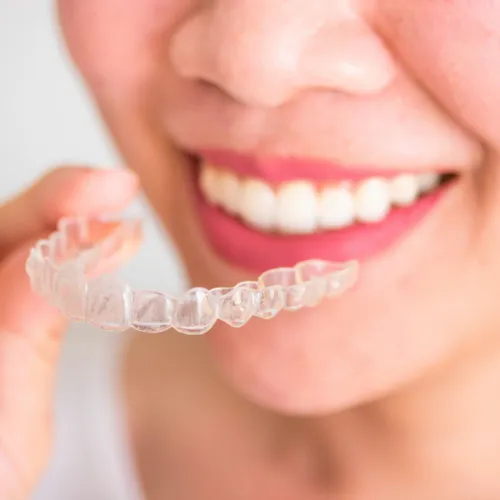
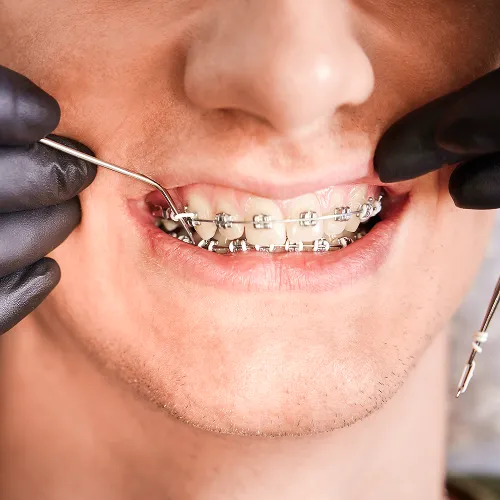
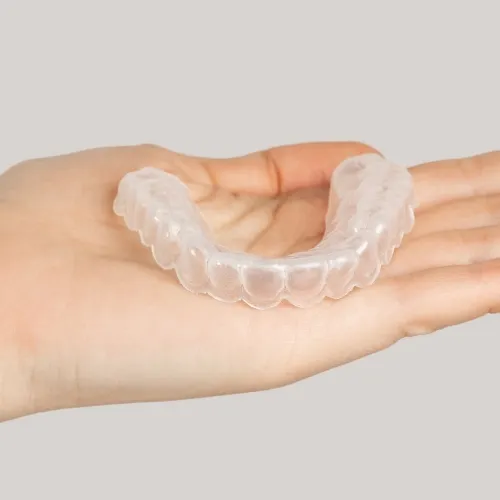
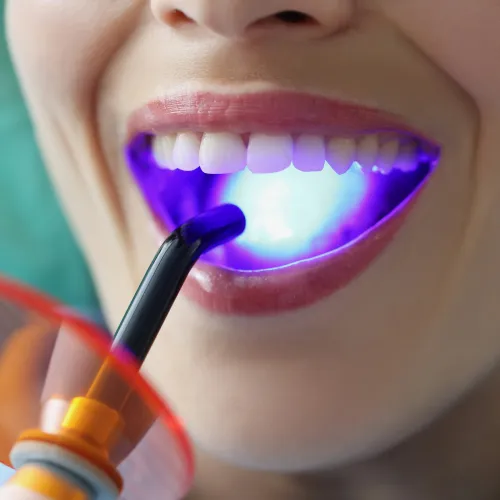



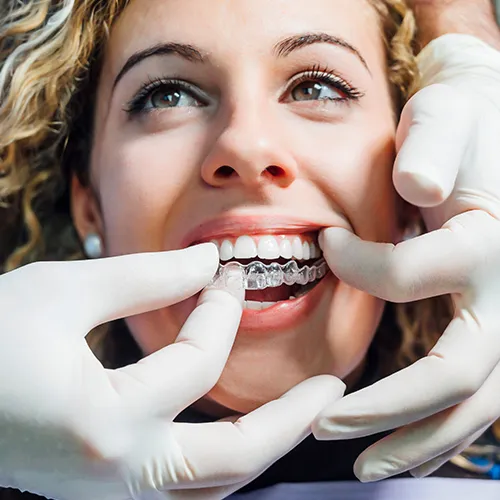

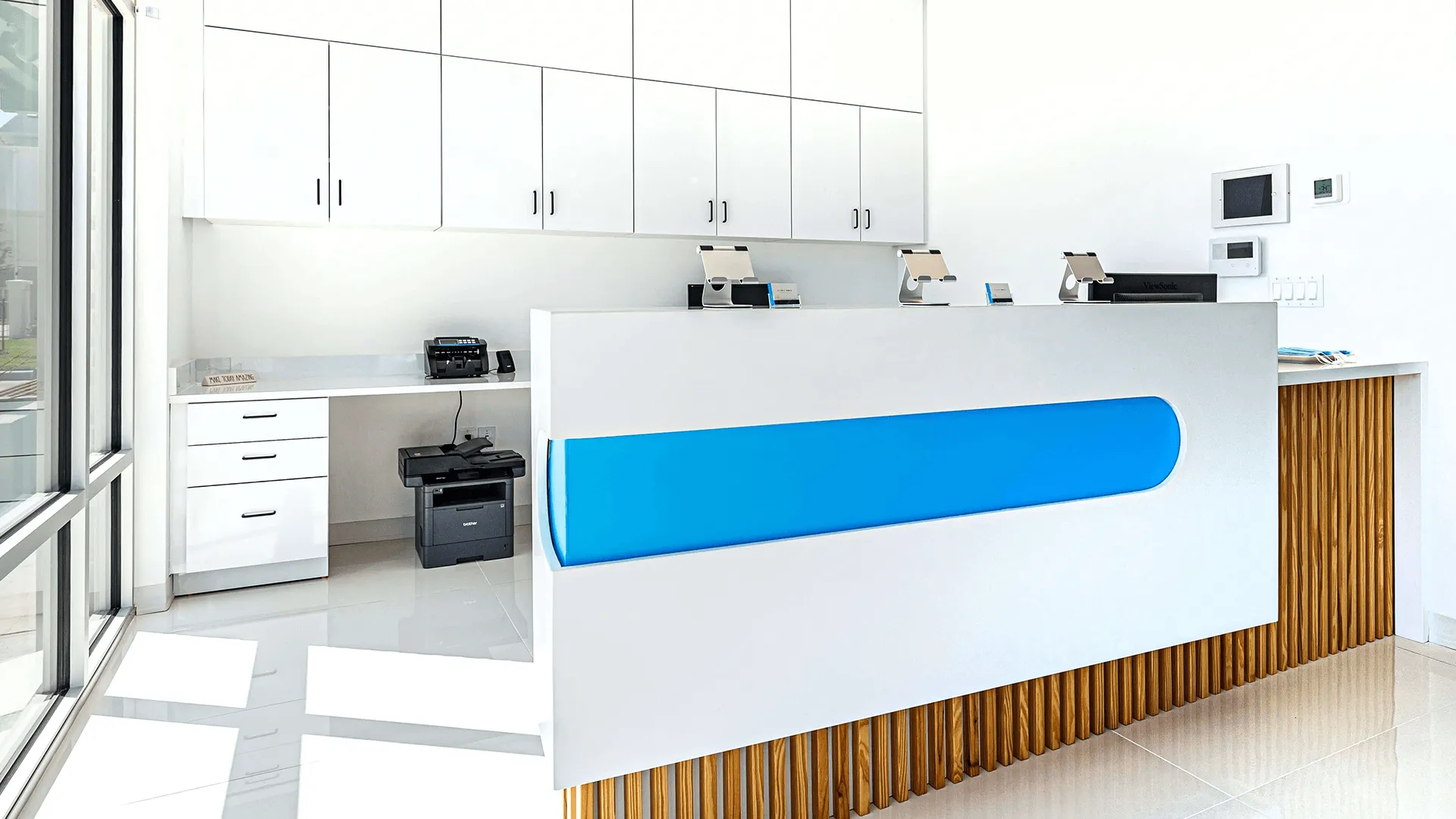

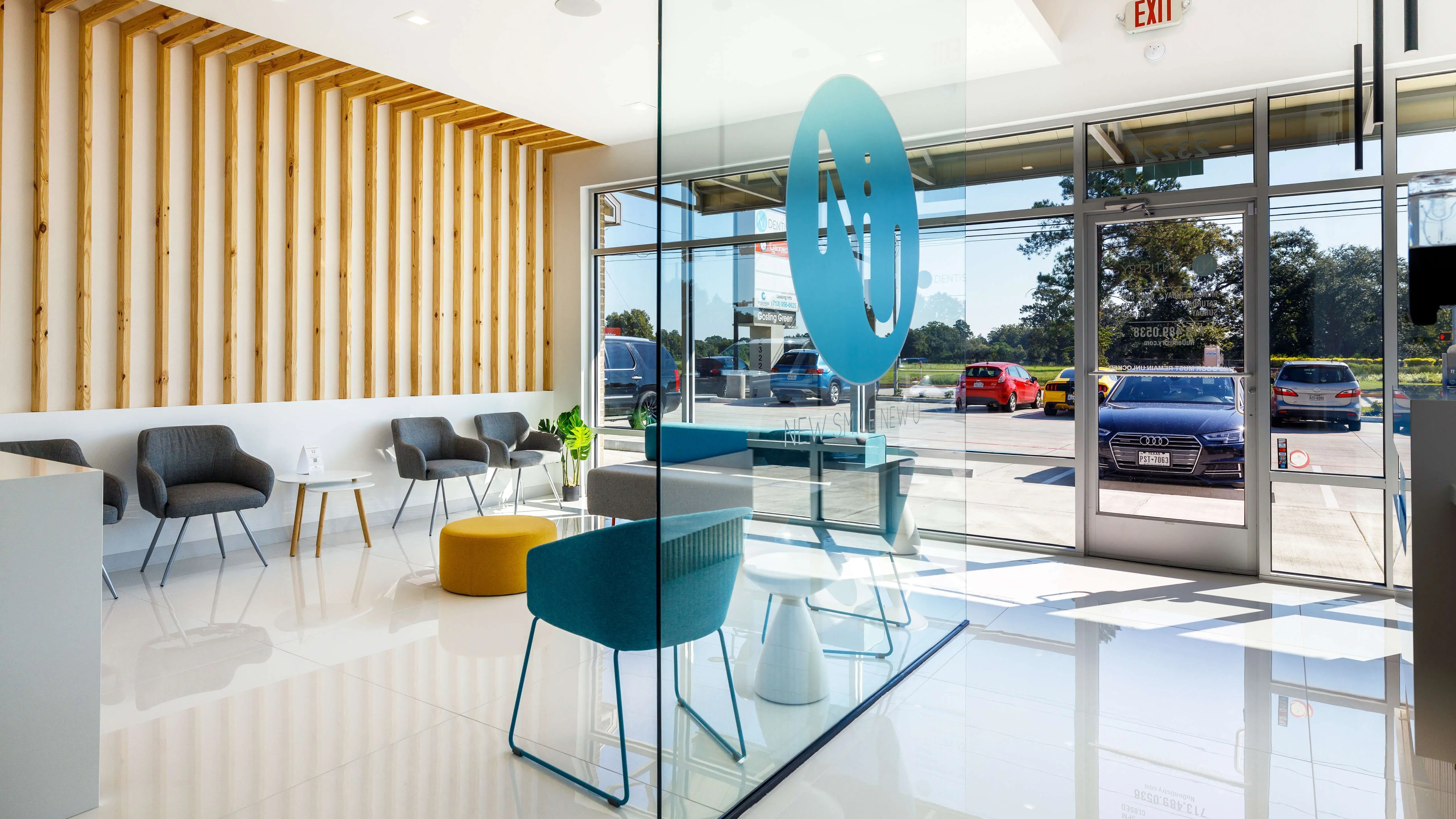
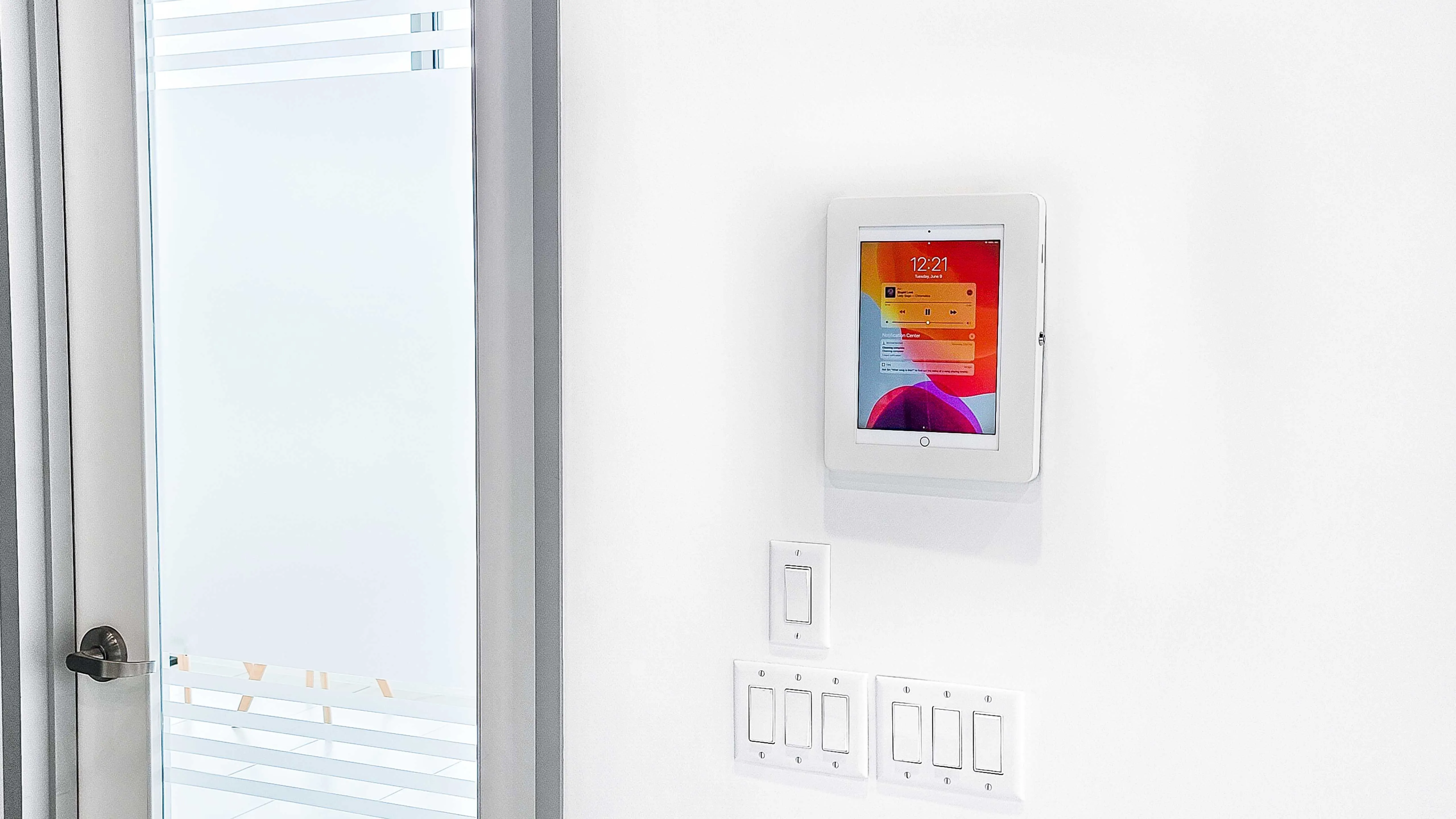

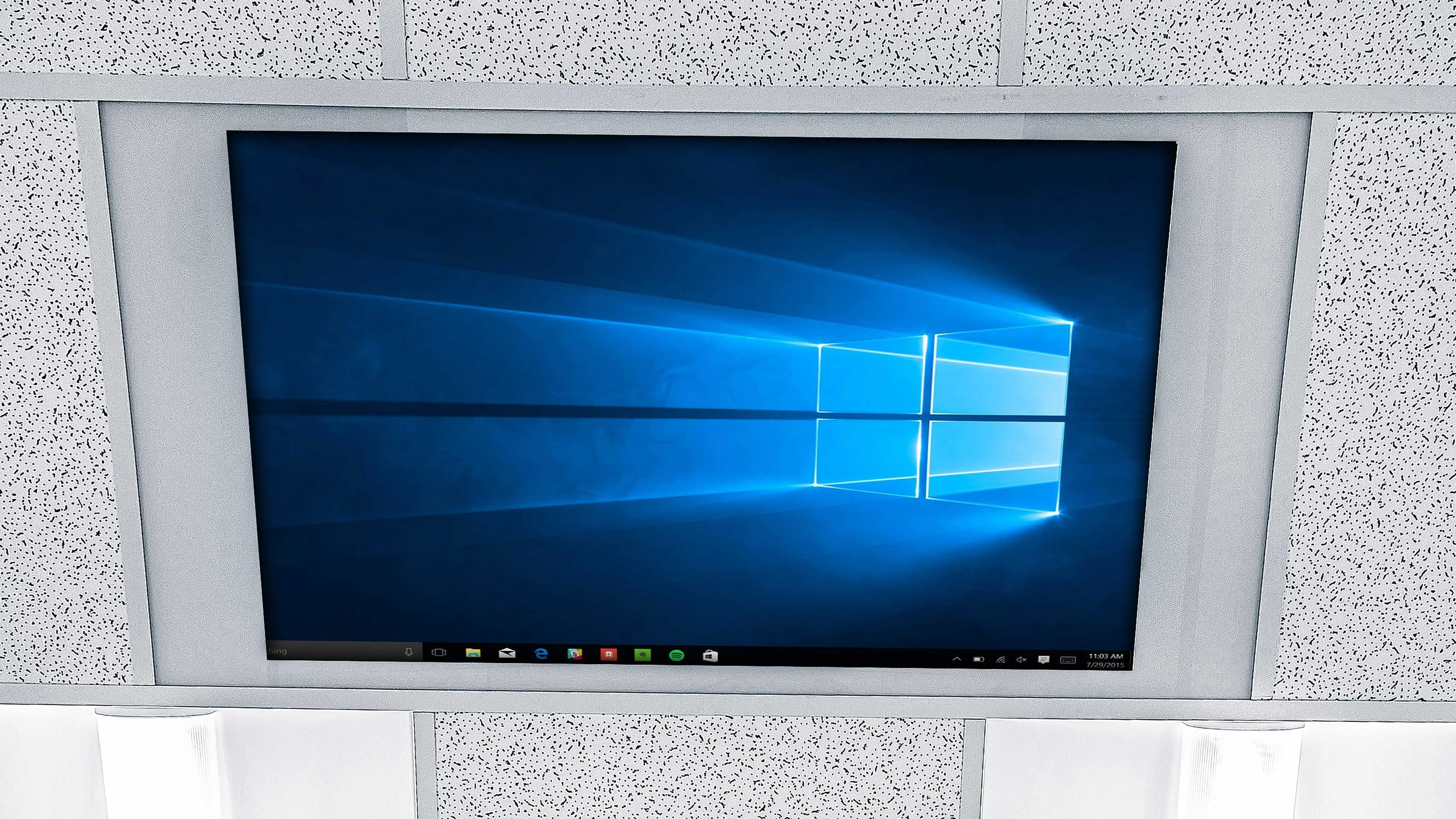
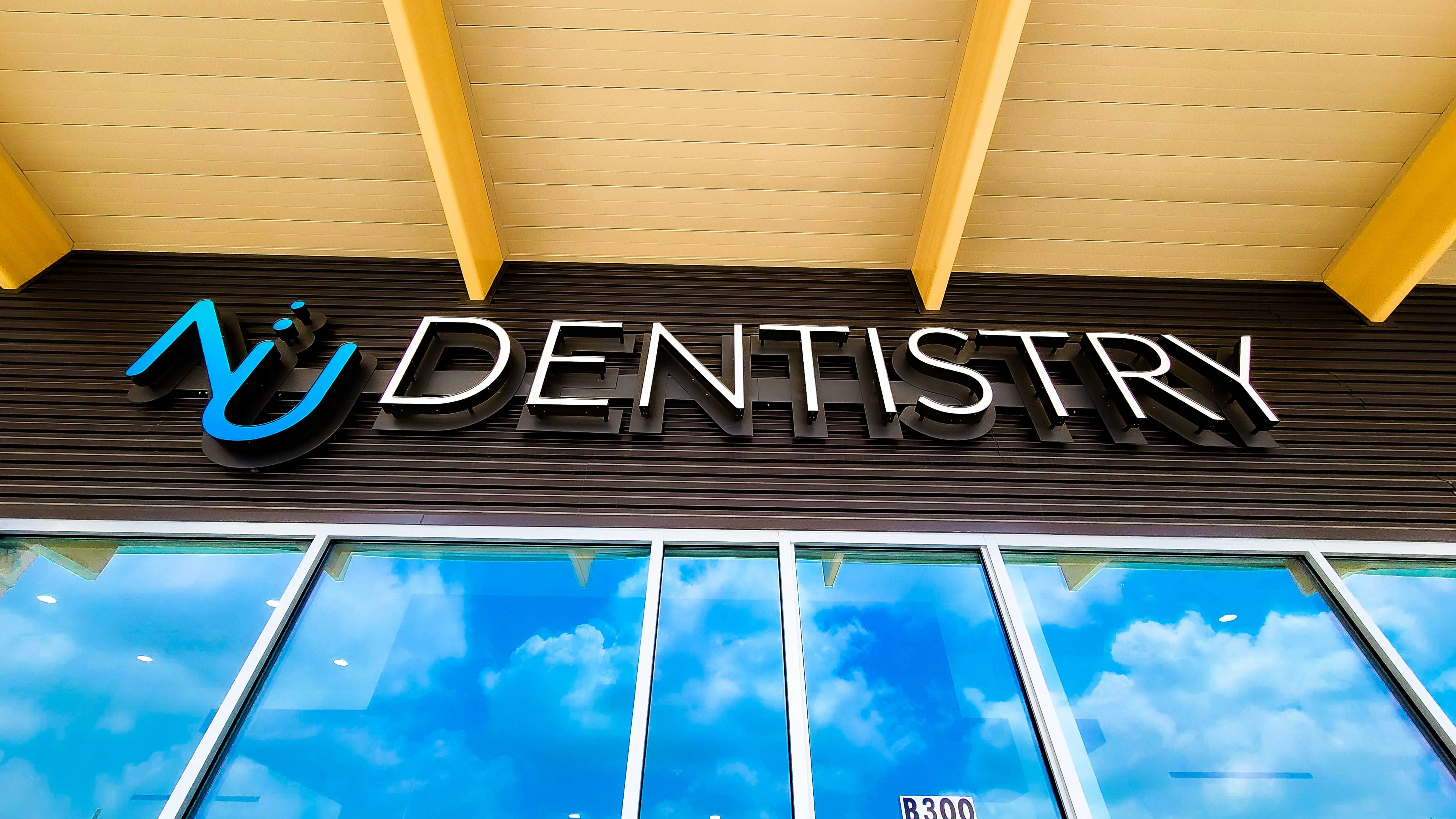

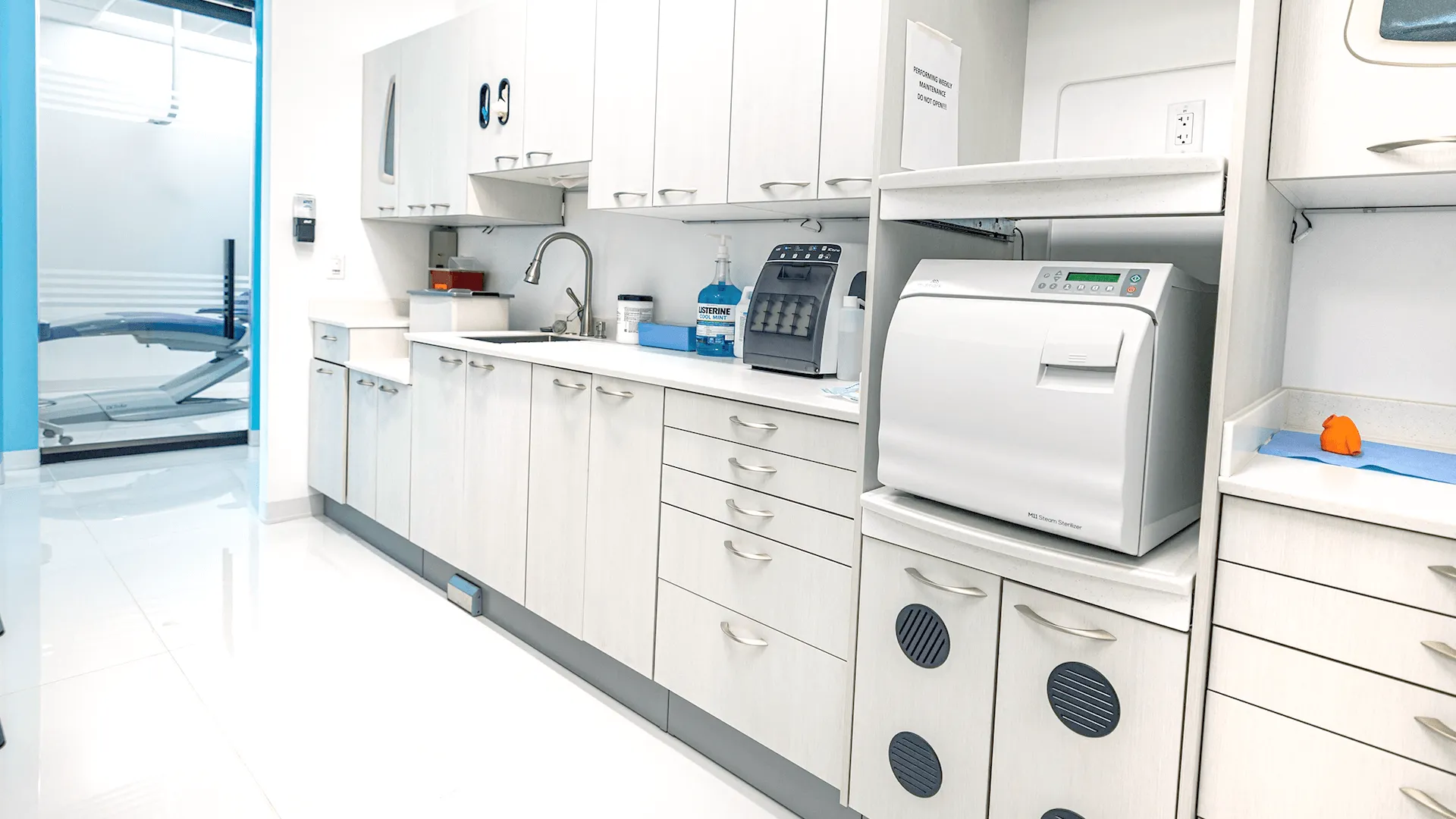


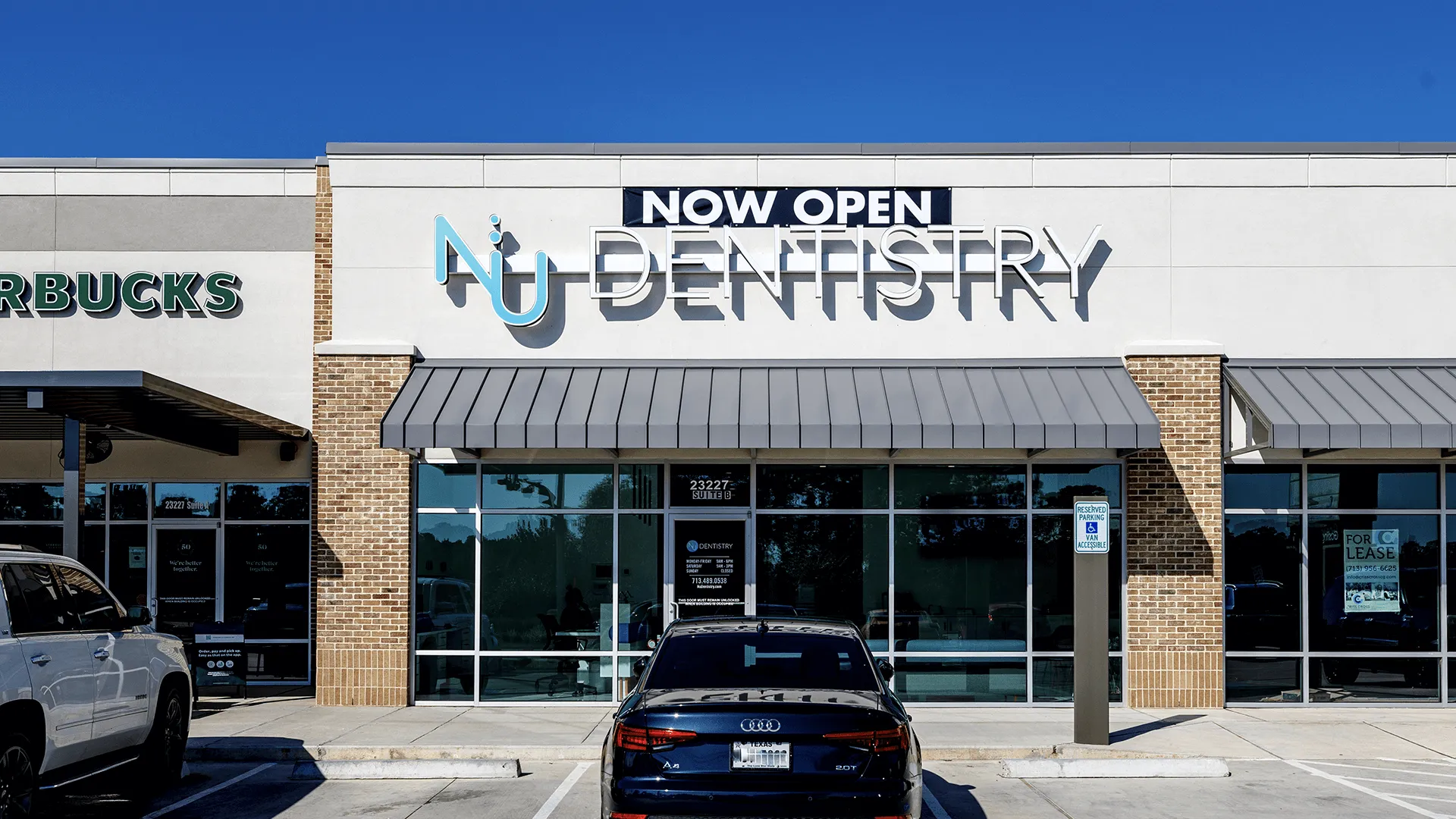
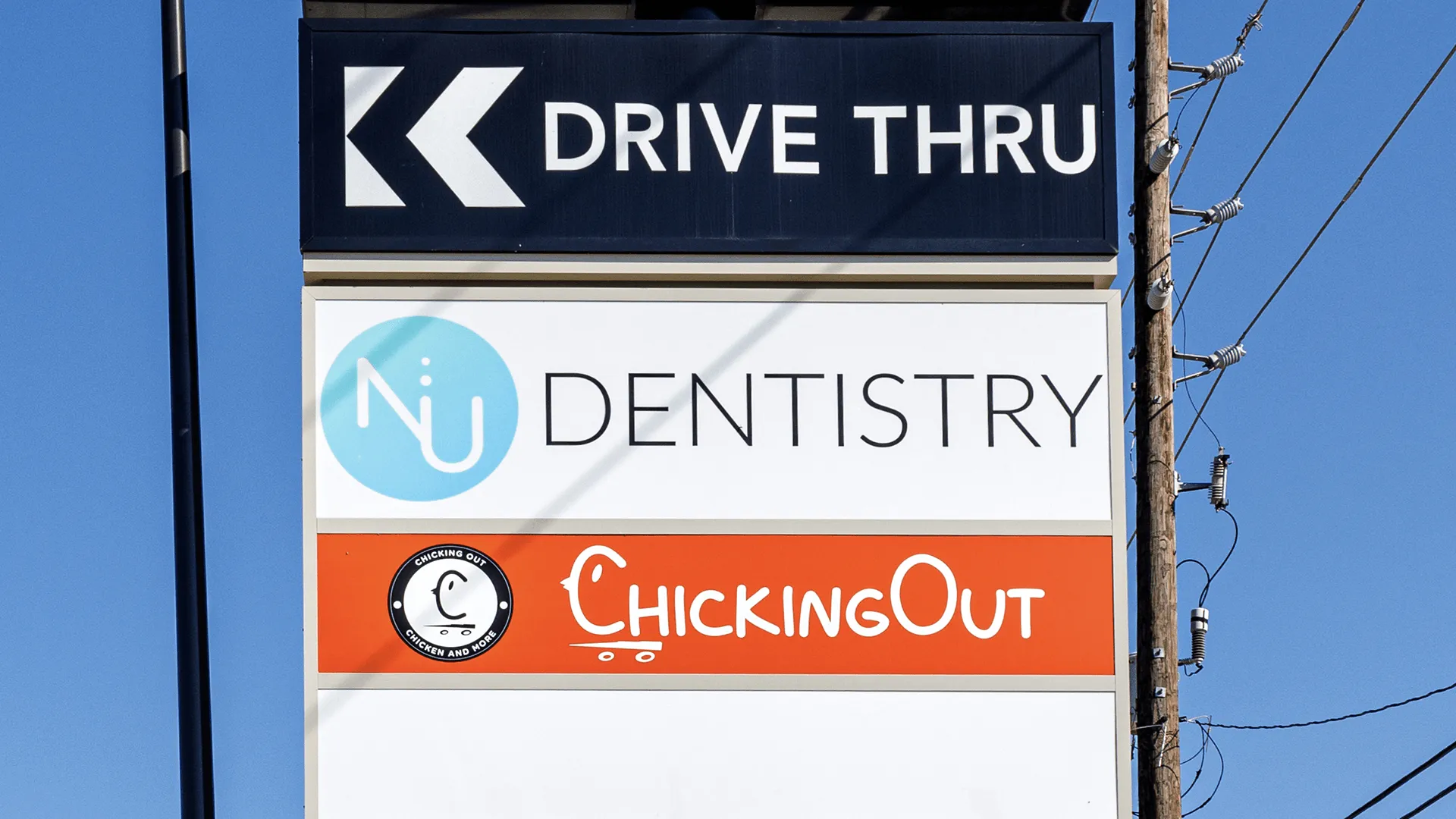
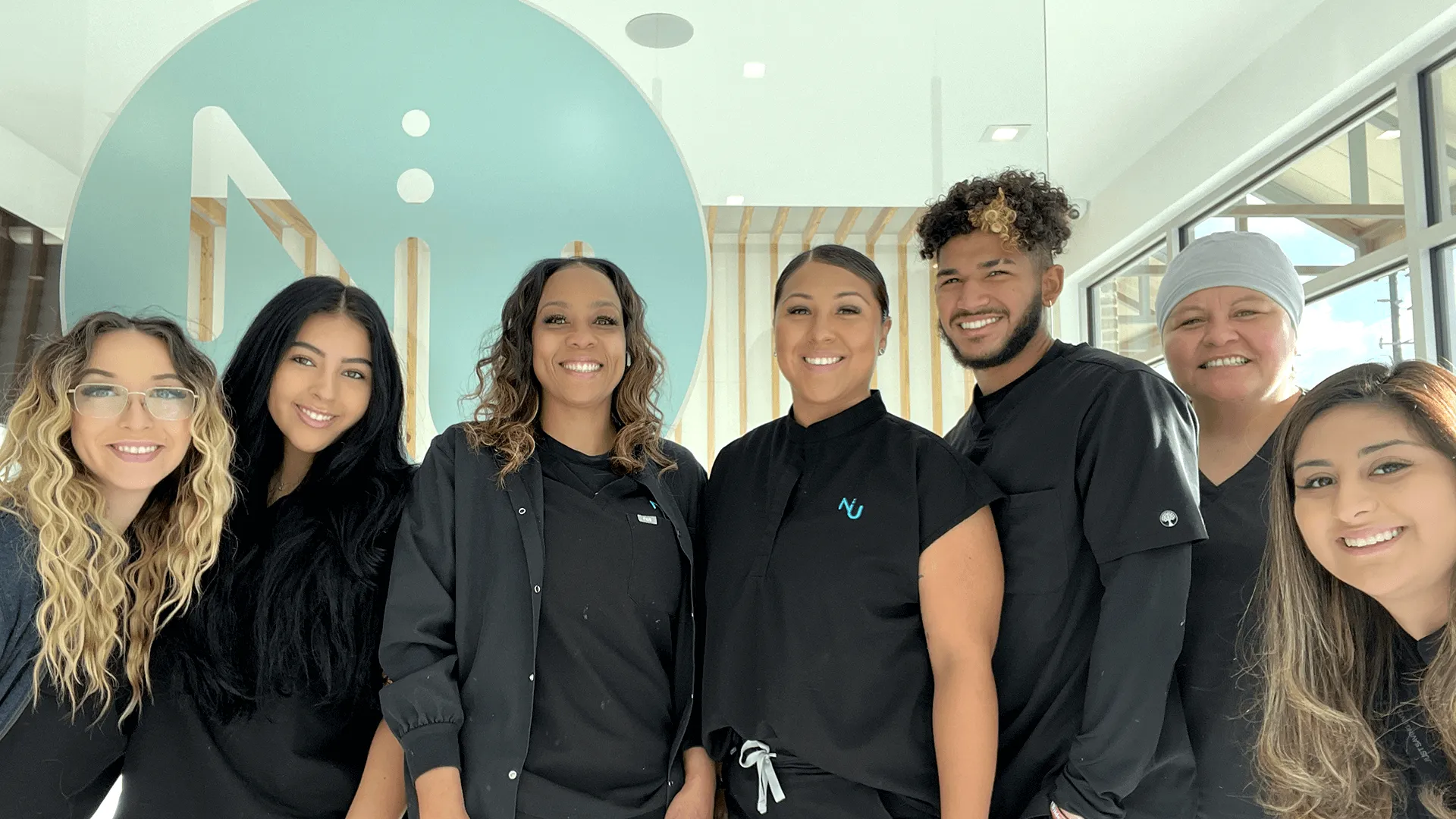

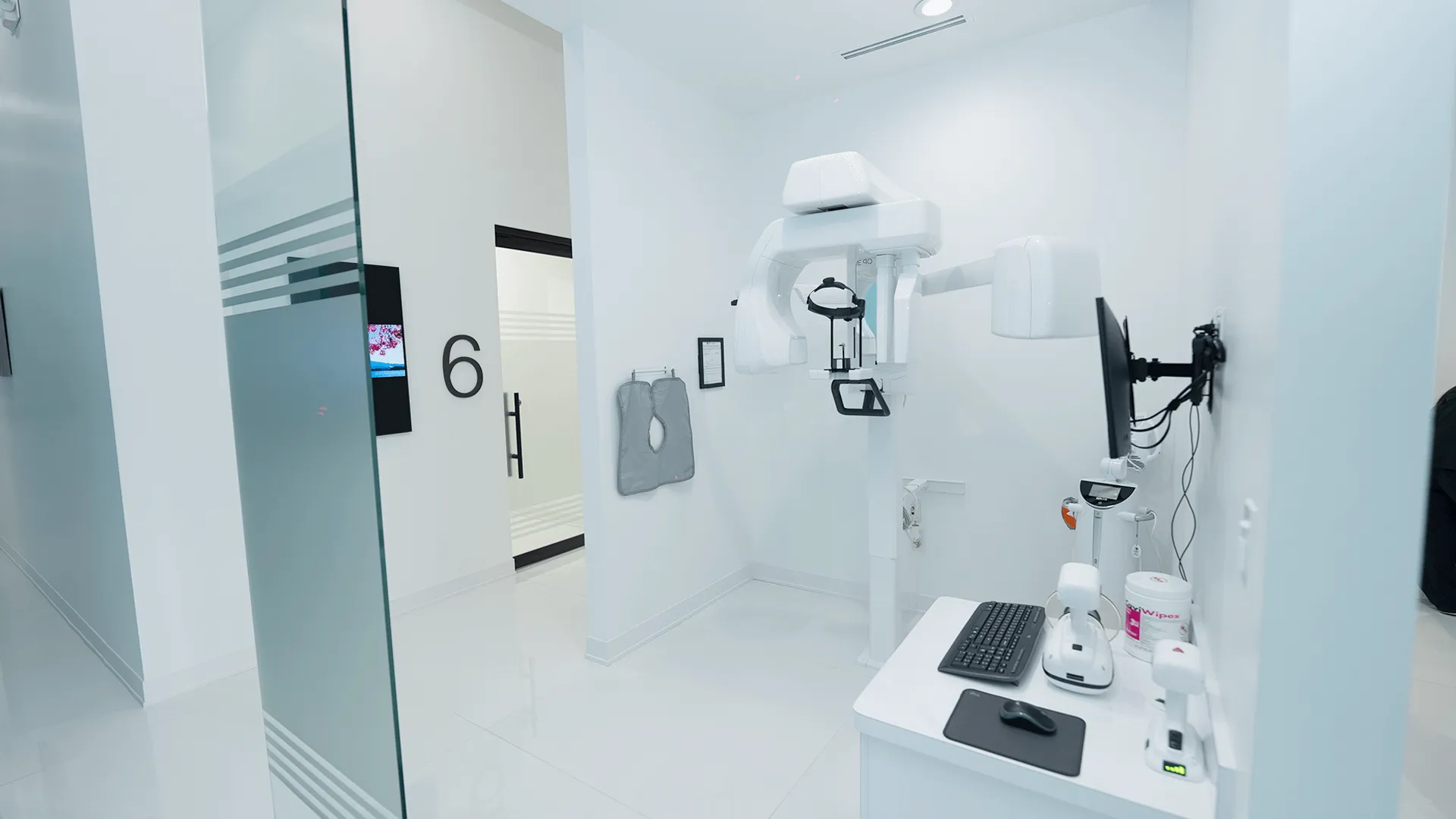
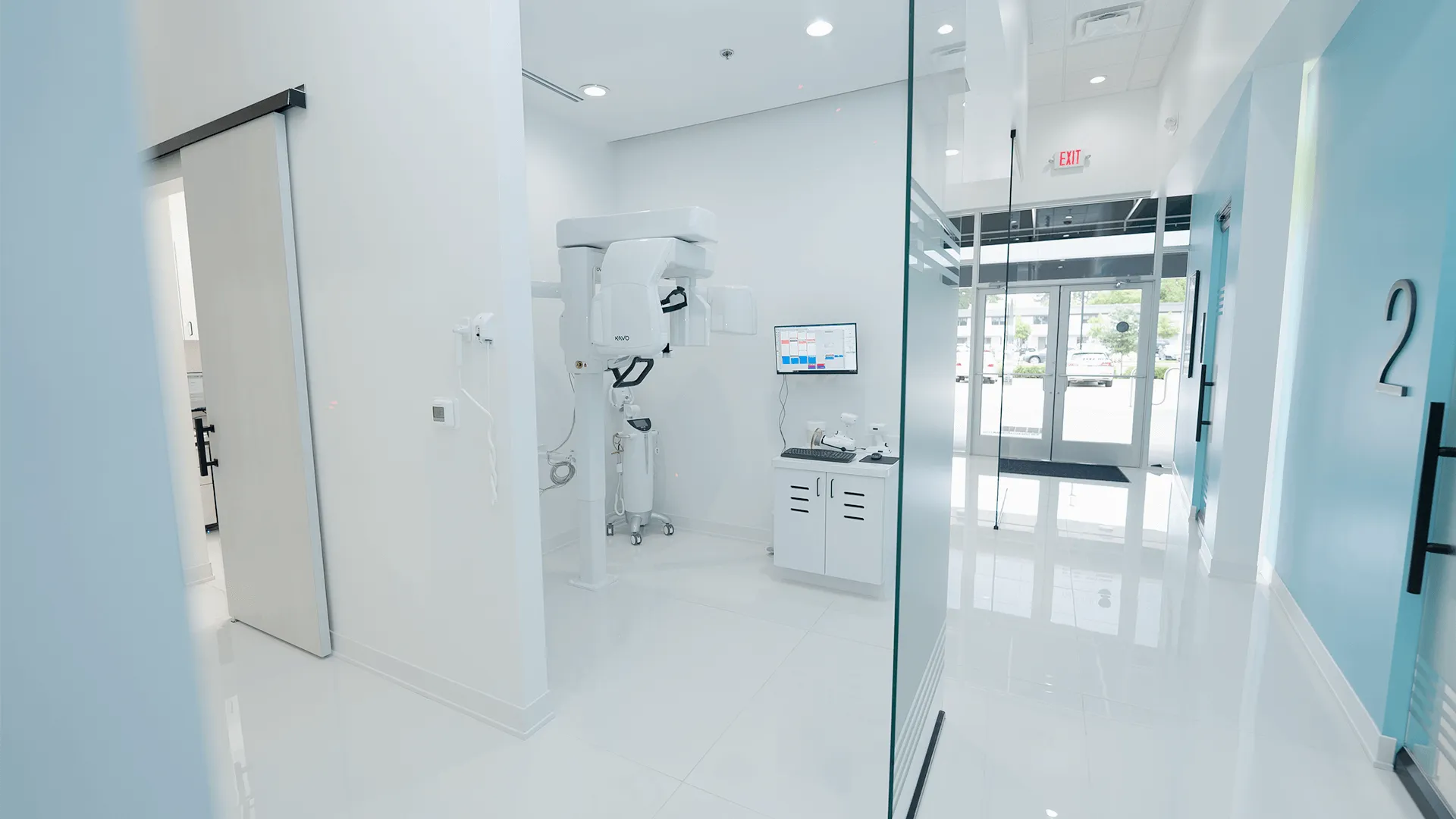




CARING DENTISTS Missouri City, TX
OUR SOCIALS
Check us out and follow our accounts on the following social media platforms....